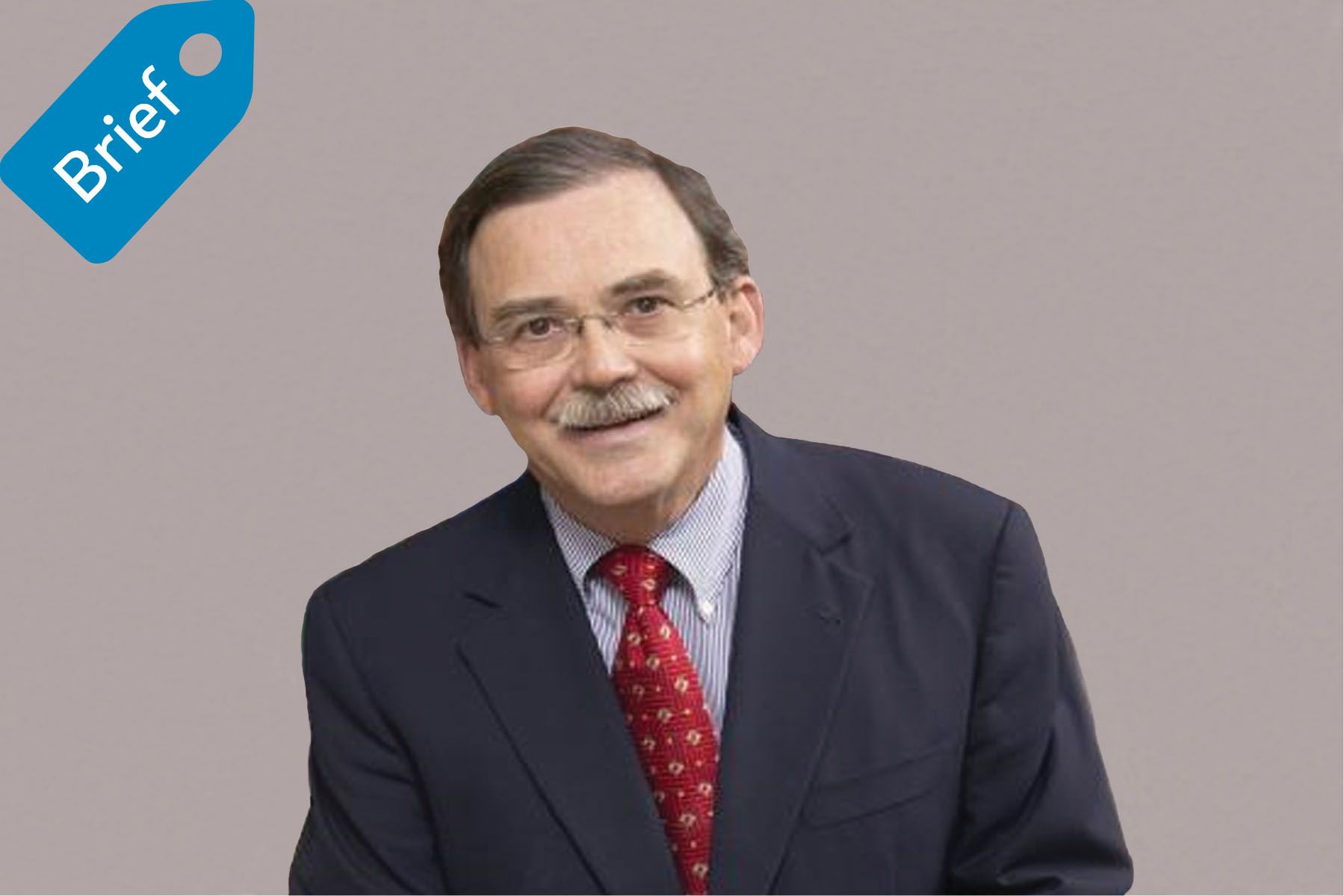Preventing Physician Burnout
Physicians are burdened by an incredible amount of stress from not only their work but also from rising operating costs, new technology, increasing administrative burdens, and growing demands from patients. This takes an obvious toll on physicians and can lead to low-quality patient care, medical errors, and can cost the healthcare system billions of dollars every year.
So, can anything be done to prevent physician burnout?
Learn to spot the warning signs
Whether in yourself or in a coworker, it’s always a good idea to be able to identify the signs of burnout and determine where these signs cross the line between regular but manageable work stress and burnout. That’s where our previous article, What is Burnout, and the Maslach Burnout Inventory (MBI) come into play. According to the MBI, there are three symptoms common among most physician burnout cases:
Emotional and physical exhaustion
Emotional and physical exhausting is the most common sign of burnout, which is when someone is worn out and depleted from work but unable to recharge during non-work hours.
Depersonalization
Depersonalization is a symptom that often comes out in the form of cynicism, frustration, and a negative or callous attitude. Often, this is displayed in a physician’s sudden inability to connect with patients and constantly finding themselves blaming others.

Reduced sense of accomplishment
During this stage of physician burnout, the physician starts to doubt their qualifications see themselves as incompetent. They’ve lost confidence in their skills as a physician and start to believe that patients would be better off not under their care.
As you are watching for these signs, be mindful that physician burnout looks different in different physicians. For example, male physicians and female physicians display these signs in different ways.

Sometimes, the constant discussion of burnout in healthcare becomes burnout in and of itself, giving physicians a sense of hopelessness in thinking that there’s no stop to this epidemic, that it’s an inevitable part of this job. But, there is a way to counter burnout and it starts with Team Care Medicine and restructuring the healthcare organization’s framework. It starts with deconstructing the various points of stress and instead promotes strategies that improve the organization’s balance.
If you’re ready to learn how to do this within your own organization, sign up for one of our 30-minute live webinars. Within this time, you’ll learn the basics of our trademarked and proven TCM Model and understand the path to launching our program to fit your own organization.











